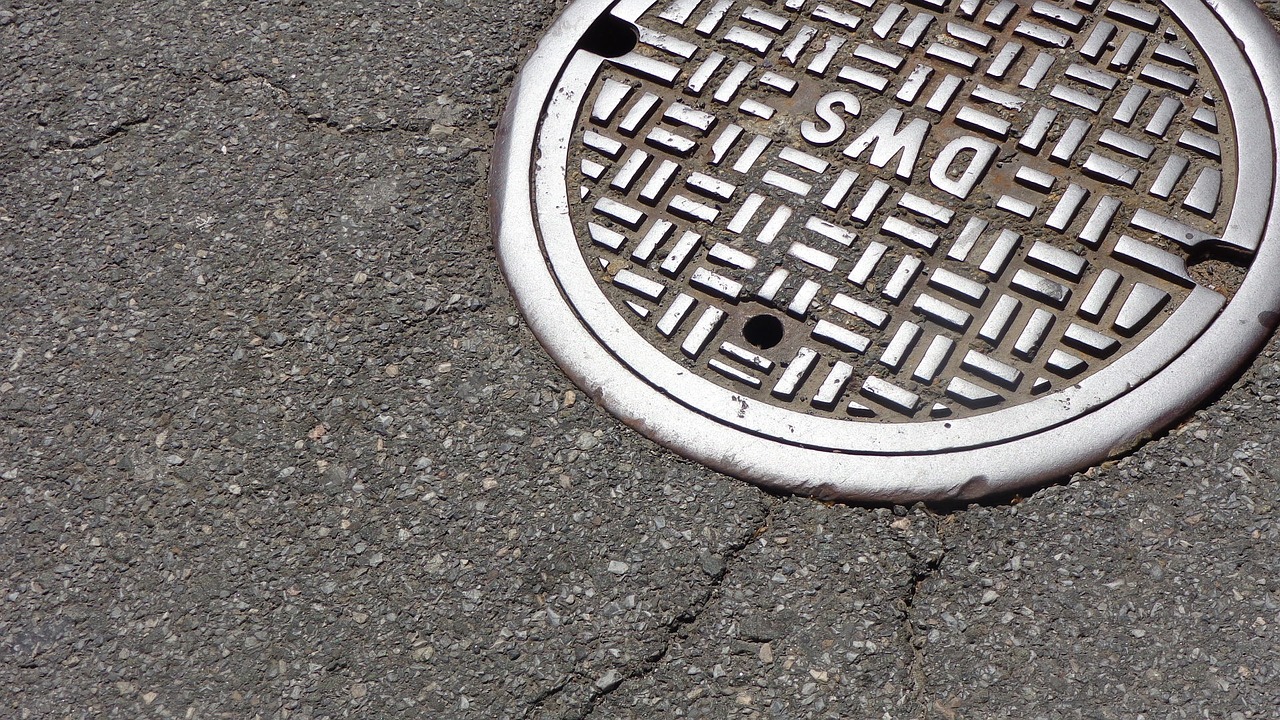The hepatitis A outbreak in San Diego has brought together a volatile cocktail of rampant speculation and uncertain science.
San Diego’s hepatitis A outbreak is probably not the result of sewage spilling across the Mexican border into the United States. If there’s any body of water to point to, it’s worth looking closer to home, at the San Diego River.
The hepatitis A outbreak in San Diego has brought together a volatile cocktail of rampant speculation and uncertain science.
In tweets and even a bizarre YouTube video that has been viewed nearly 400,000 times, the outbreak has been blamed, in some way or another, on Mexico.
The online video claims the outbreak is “believed to have been caused by illegal aliens” in the “liberal Southern California city of San Diego.” No sources are provided for those claims.
Others – including a couple local journalists – have asked open-ended questions about whether cross-border sewage spills are responsible for the outbreak. In the past, spills from the Tijuana River have brought hepatitis A into coastal waters and prompted surfers to get vaccines. But public health officials and water quality regulators do not believe this year’s outbreak in San Diego is linked to cross-border sewage.
“I think we can say as of right now we see no compelling reason to connect the two,” said David Gibson, the head of the San Diego Regional Water Quality Control Board.
For one thing, the 13 closely related strains of hepatitis A that have infected at least 444 San Diegans and killed 16 since November are known as 1B. One of those strains is identical to the type of hepatitis A that has infected 69 people in Santa Cruz County since April.
Another type of hepatitis A, known as 1A, is mostly what is circulating right now in Mexico, said Michael Workman, a spokesman for the San Diego County health department.
Right now, there is no known hepatitis A outbreak in Tijuana. In all of Baja California, there have been 37 reported cases of hepatitis A so far this year, compared with 67 cases at the same point last year, according to a weekly epidemiological update from Mexican health officials.
The only body of water to be potentially implicated in the San Diego outbreak is one that runs entirely within the United States: the San Diego River.
A January count found about 300 homeless people living along the river, said Sarah Hutmacher, the associate director of the San Diego River Park Foundation.
Homeless people along the river go to the bathroom in the river or dump buckets that serve as portable latrines into it. They’re also known to use the river’s water for cooking, cleaning and even bathing.
At least four cases of hepatitis A, including one death from it, have been linked to the San Diego River Valley, according to a county health department memo from July 26.
City Councilwoman Lorie Zapf wrote a July 14 letter to County Supervisor Ron Roberts expressing concerns about “third world living conditions” along the San Diego River. She asked whether the homeless along the river were in danger of contracting the disease and if the river was helping spread hepatitis A as it winds through urban San Diego and out into the Pacific Ocean.
The health department replied on Roberts’ behalf that hepatitis A “could potentially” be carried by the river. But the letter said the disease was most likely being spread by close person-to-person contact.
“Any material that is contaminated with hepatitis A virus, including human feces, that enters the San Diego River could potentially be transmitted downriver, though significant dilution would occur in transit,” the letter said. “The specific risk to individuals downstream from this runoff is unknown, but would be expected to be very low.”
Sixty-five percent of hepatitis A cases involved people who are either homeless or drug users, or both. Of 325 cases analyzed closely, at least a fifth of the patients already had either hepatitis B or C, which are both chronic infections.
That’s why no one has assigned specific blame for the outbreak to the river or the people living along it. Homeless people can be transient, meaning they could have contracted the disease elsewhere. And the source of human pathogens in the San Diego River is varied. Yes, some of it comes from homeless people, but bacteria and viruses are also spilling into the river from leaking or broken sewer pipes and illegal dumping by RVs, said Jeremy Haas, an environmental program manager at the Regional Water Quality Control Board.
Haas said there is reason to suspect that hepatitis A could be in the San Diego River.
For instance, a recent study looked at surfers in Ocean Beach, which is right next to the end of the San Diego River. The study found that bacteria coming from the river was strongly associated with incidental illness after rain storms. While researchers did not specifically test for hepatitis A in the river, the bacteria they studied is considered a good proxy for the hepatitis A virus, because both the bacteria and the virus are found in human waste.
According to a recent study by the city and the county, cleaning up the river to restore wetlands and to reduce the bacteria in it could cost over $500 million.
[divider] [/divider]





